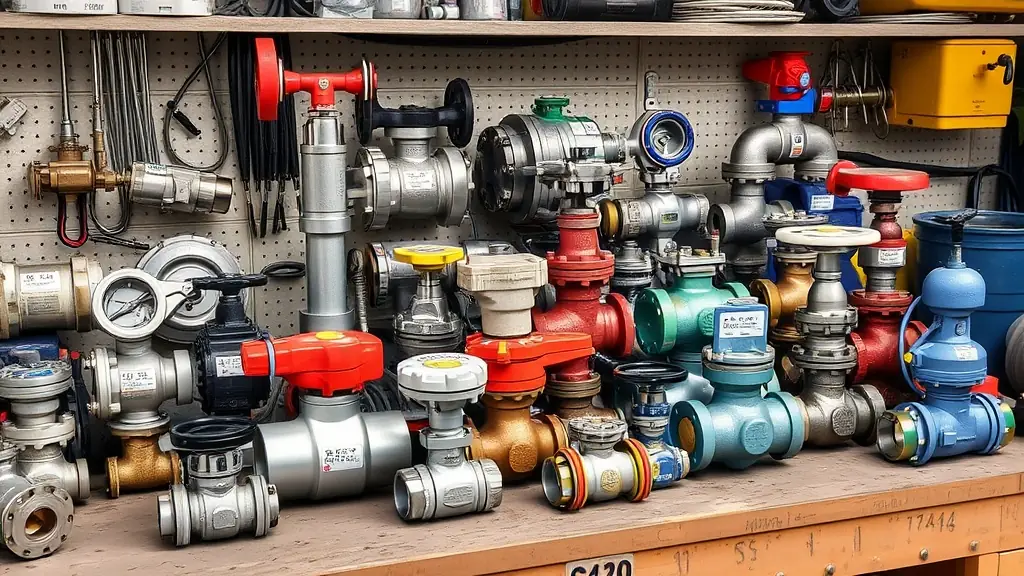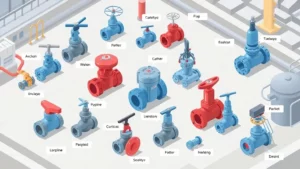Pipeline valves are essential components in various industrial applications, serving to control the flow of liquids and gases. Understanding the different types of valves available can help businesses select the right solution for their specific needs. Common types include gate valves, globe valves, ball valves, and check valves, each designed for unique functions and operational requirements. By familiarizing yourself with these options, you can make informed decisions that enhance efficiency and safety in your operations.
Gate valves are primarily used for on/off control, providing minimal resistance to flow when fully open. They are ideal for applications where the valve is either fully open or fully closed, making them a popular choice in water supply systems. Globe valves, on the other hand, are designed for throttling flow, allowing for precise control over the flow rate. This makes them suitable for applications where flow regulation is critical, such as in chemical processing.
Ball valves are known for their quick operation and tight sealing capabilities, making them a preferred choice in many industries. They can be used in both on/off and throttling applications, providing versatility in their use. Check valves, which allow flow in one direction only, are crucial for preventing backflow in pipelines. Understanding these valve types and their applications can significantly impact the efficiency and reliability of your pipeline systems.




